Tag: echocardiography

Correlation of Common Carotid Artery Blood Flow Parameters With TTE-CO for Assessing Fluid Responsiveness After PLR Test in Critically Ill Patients
The passive leg raising (PLR) test is a simple, non-invasive method of knowing fluid responsiveness by acting as an internal-fluid challenge. The PLR test coupled with a non-invasive assessment of stroke volume would be the... read more
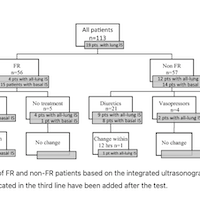
Fluid Responsiveness Evaluation with Integrated Ultrasonographic Approach
In a group of non-ventilated patients, who had already undergone the initial resuscitation, we demonstrated that the evaluation of the fluid responsiveness (FR) based on echocardiography and lung ultrasound increased the... read more

TEE Before Cardioversion in Atrial Fibrillation Patients
Transesophageal echocardiography (TEE) offers an invaluable, non-invasive avenue for diagnosing and managing various cardiac conditions, including atrial fibrillation (AF). As the most common cardiac arrhythmia, AF affects... read more

Esophageal Adenocarcinoma Causing Nonbacterial Thrombotic Endocarditis
Nonbacterial thrombotic endocarditis (NBTE) is a rare condition that causes noninfectious vegetative lesions of heart valves. NBTE is generally seen in association with advanced malignancy. The patient in this case is a 54-year-old... read more

Rescue TEE Might Diagnose Cardiac Arrest Faster
A Penn Medicine team is testing whether a new technology that gives live ultrasound images from inside a patient during CPR can help doctors get those answers faster. The device, called Rescue TEE, uses a tiny camera at the... read more

Resuscitative TEE
The use of ED resuscitative transesophageal echocardiography (TEE) is a practical modality that provides useful diagnostic and therapeutic information for critically ill patients in the emergency department, with an excellent... read more
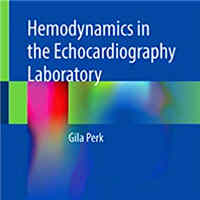
Hemodynamics in the Echocardiography Laboratory
The book provides a practically focused review of the latest techniques used for hemodynamic assessment in the echocardiography laboratory. It features a methodical case-based approach covering how to measure hemodynamic... read more
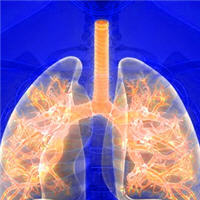
Cardiovascular Subphenotypes in ARDS
Latent class analysis (LCA) of transthoracic echocardiography (TTE) parameters identified four cardiovascular subphenotypes in acute respiratory distress syndrome (ARDS) that more closely aligned with circulatory failure... read more

Evaluation of an Advanced Critical Care Echocardiography Program
Trainees perceived lack of time and limited access to supervision as major barriers to course completion. Nevertheless, successful portfolio completion was related to factors other than protected time in the echocardiography... read more
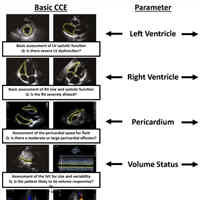
A Decade of Progress in Critical Care Echocardiography
Critical care echocardiography (CCE) is now widely accepted by the critical care community as a valuable tool in the ICU and emergency department, and in perioperative settings. It allows rapid and accurate diagnosis,... read more
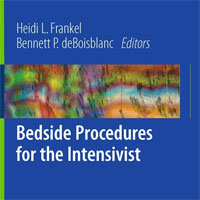
Bedside Procedures for the Intensivist
Bedside Procedures for the Intensivist delivers practical tips and clear, step-by-step instruction on the most common procedures in the ICU. The convenient and portable handbook focuses on ultrasound-guided techniques, including... read more
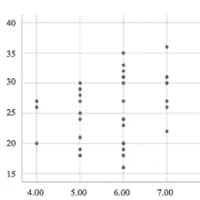
The Value of Echocardiography Combined with Lung Ultrasound to Evaluate COVID-19 Pneumonia
In COVID-19 pneumonia patients, the pulmonary arterial pressure and LUS are positively correlated. For those who are unable to be transferred or relocated, the pulmonary arterial pressure may be measured to reflect the degree... read more

Semiquantitative Assessment of RFV with a Modified Subcostal Echocardiographic View
In patients presenting with RVF in the ICU (or in situations where the apical echocardiographic view is suboptimal for tricuspid annular assessment), SEATAK can be an alternative to TAPSE. Further research is needed to validate... read more
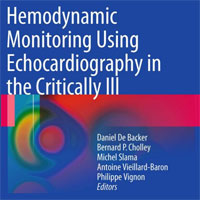
Hemodynamic Monitoring Using Echocardiography in the Critically Ill
The hemodynamic evaluation of patients with acute circulatory failure and respiratory failure has in the past usually been performed using invasive procedures but in recent years less invasive monitoring devices have been... read more




